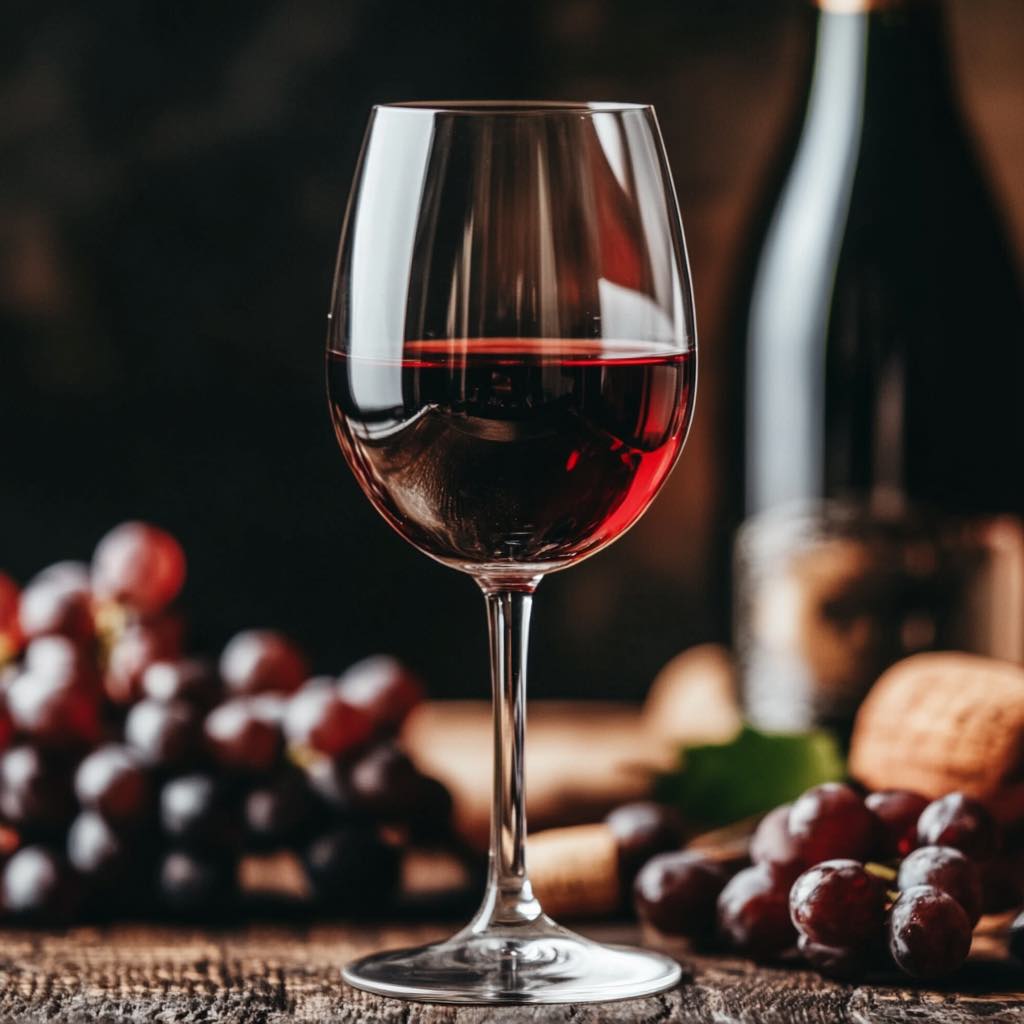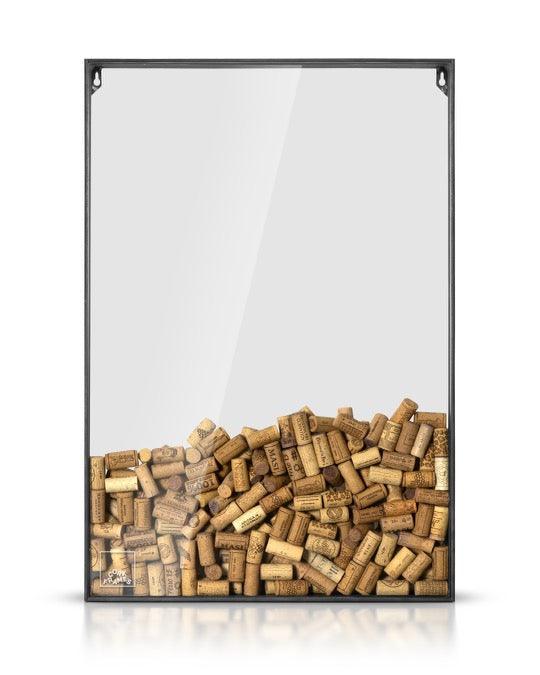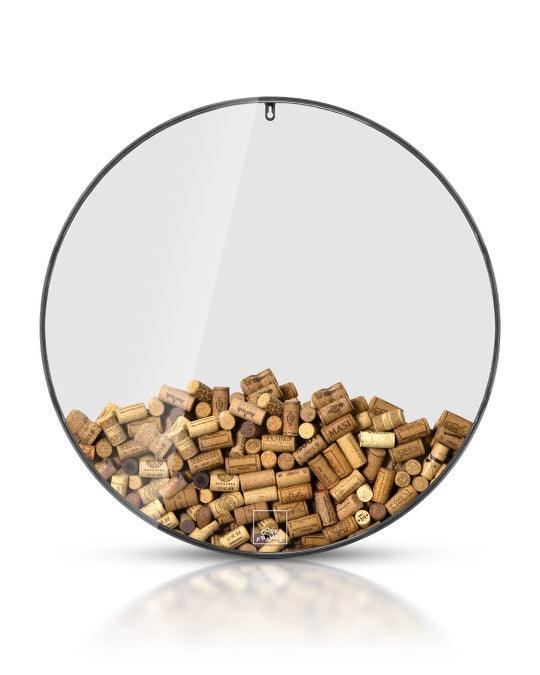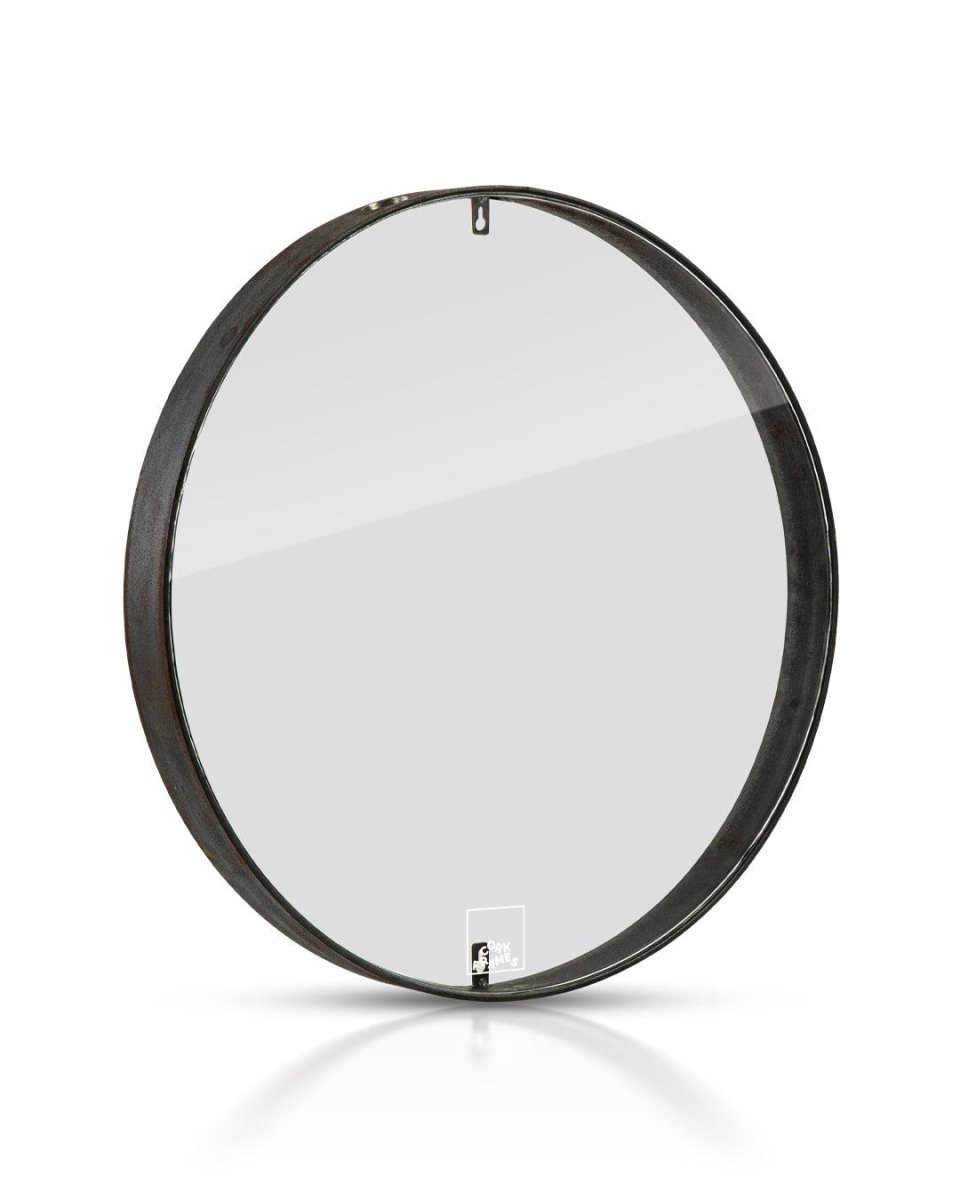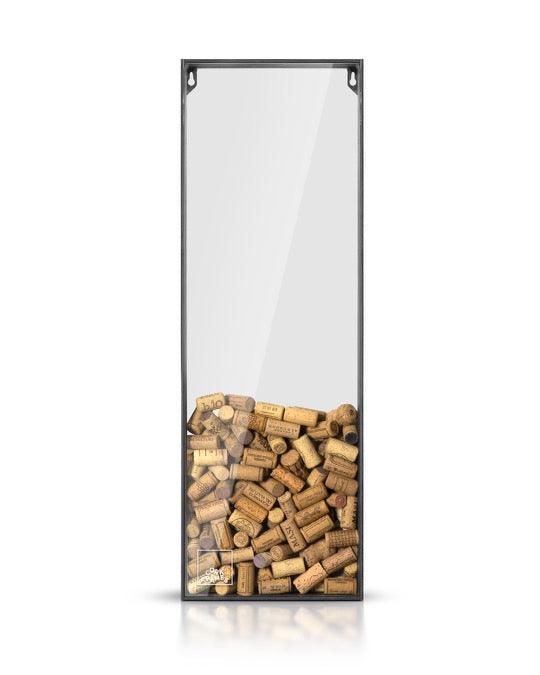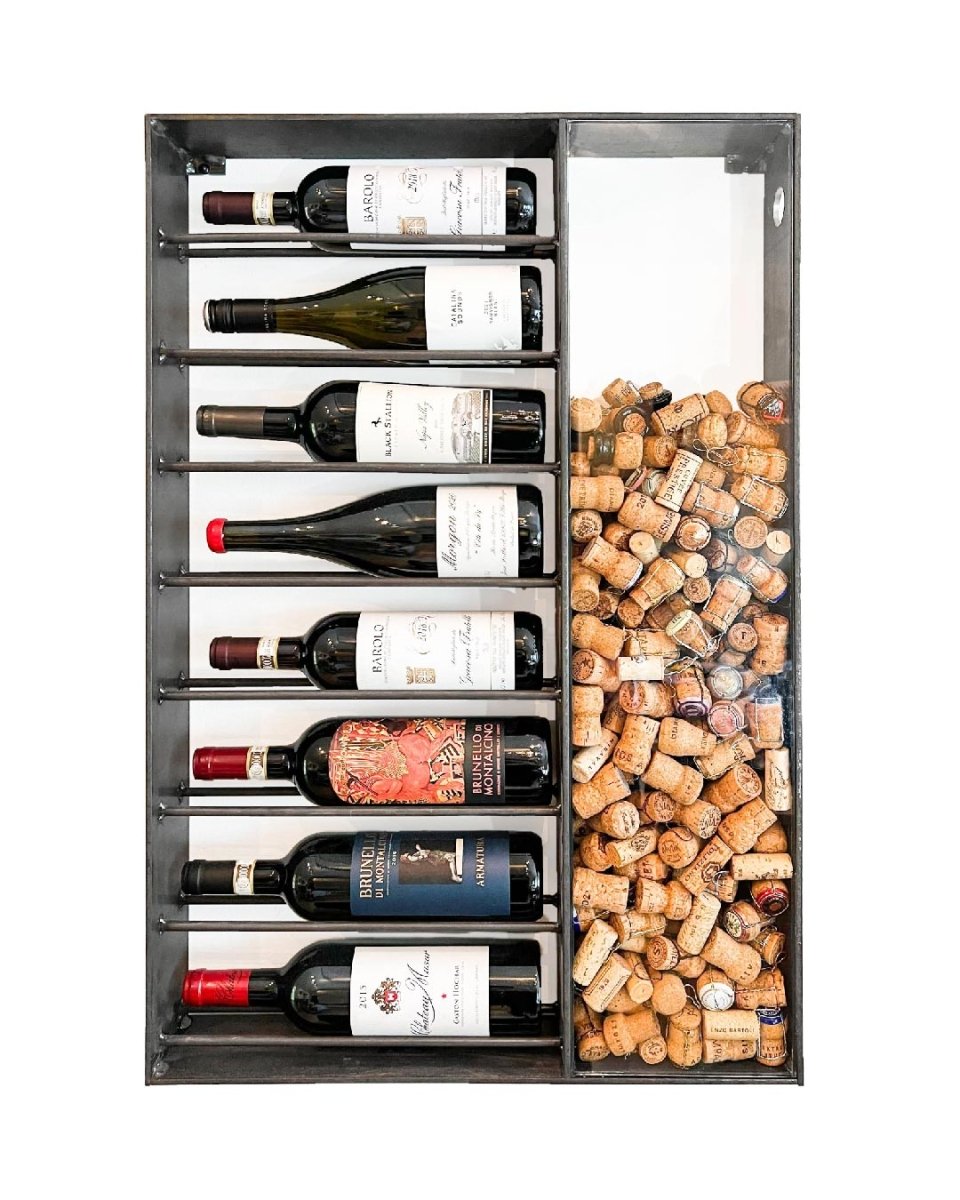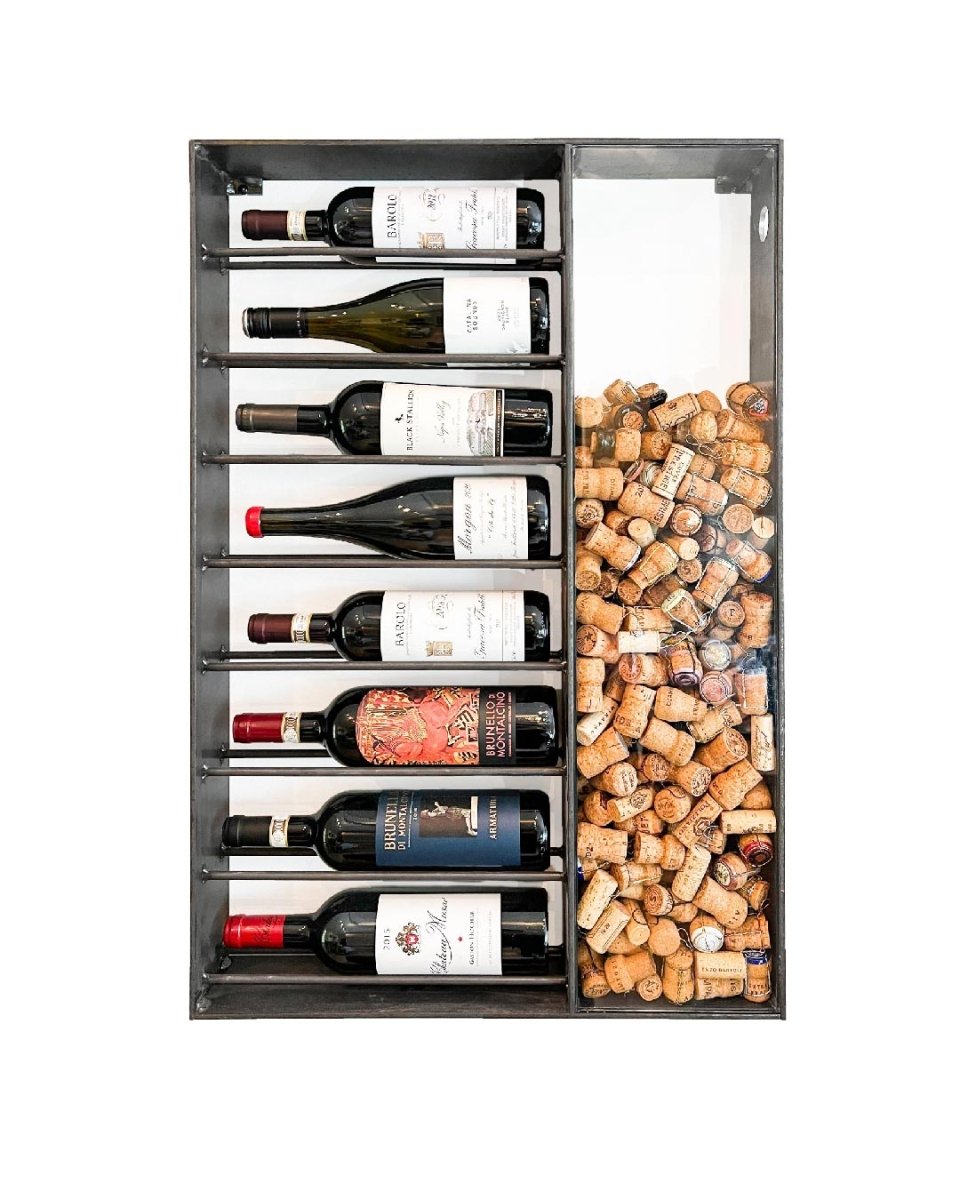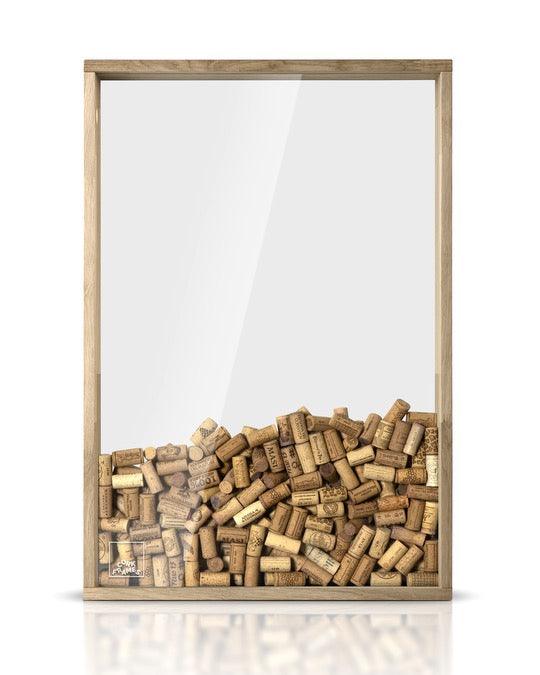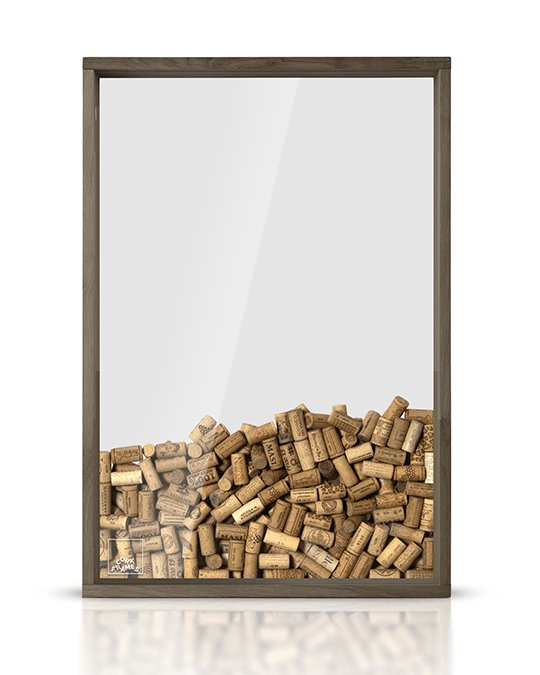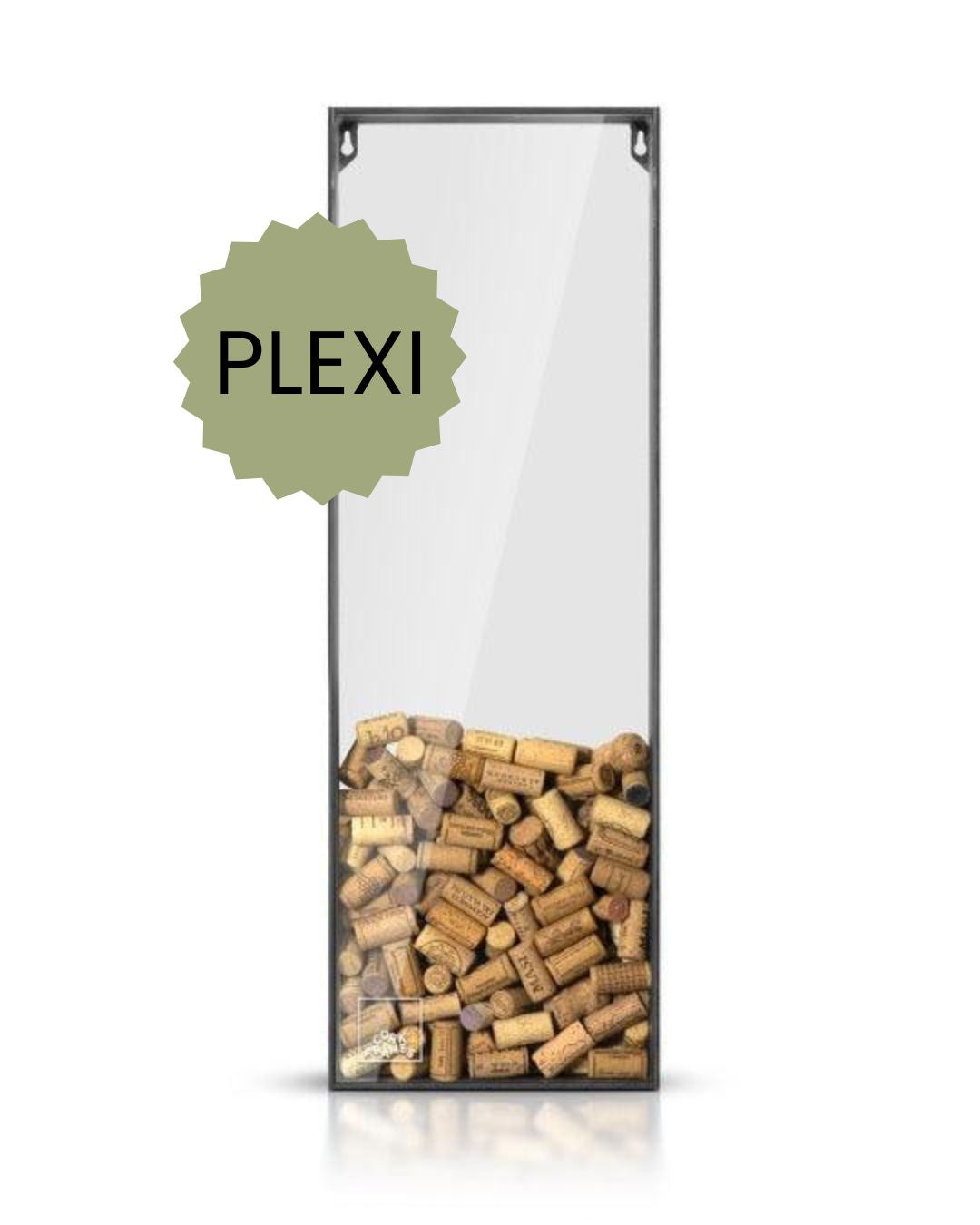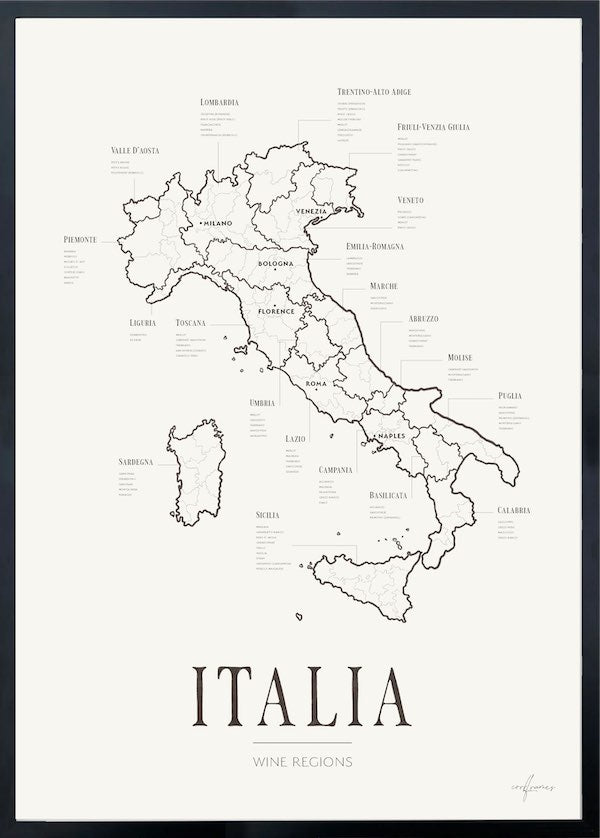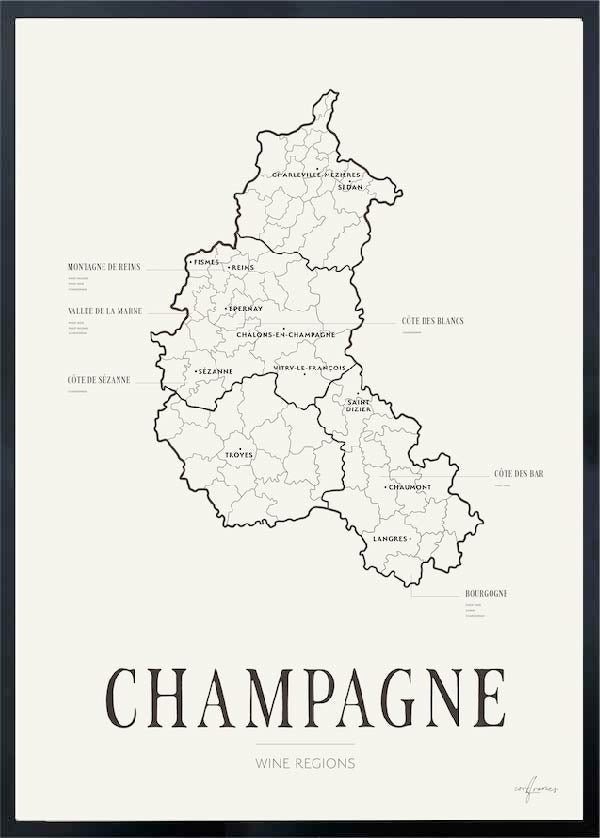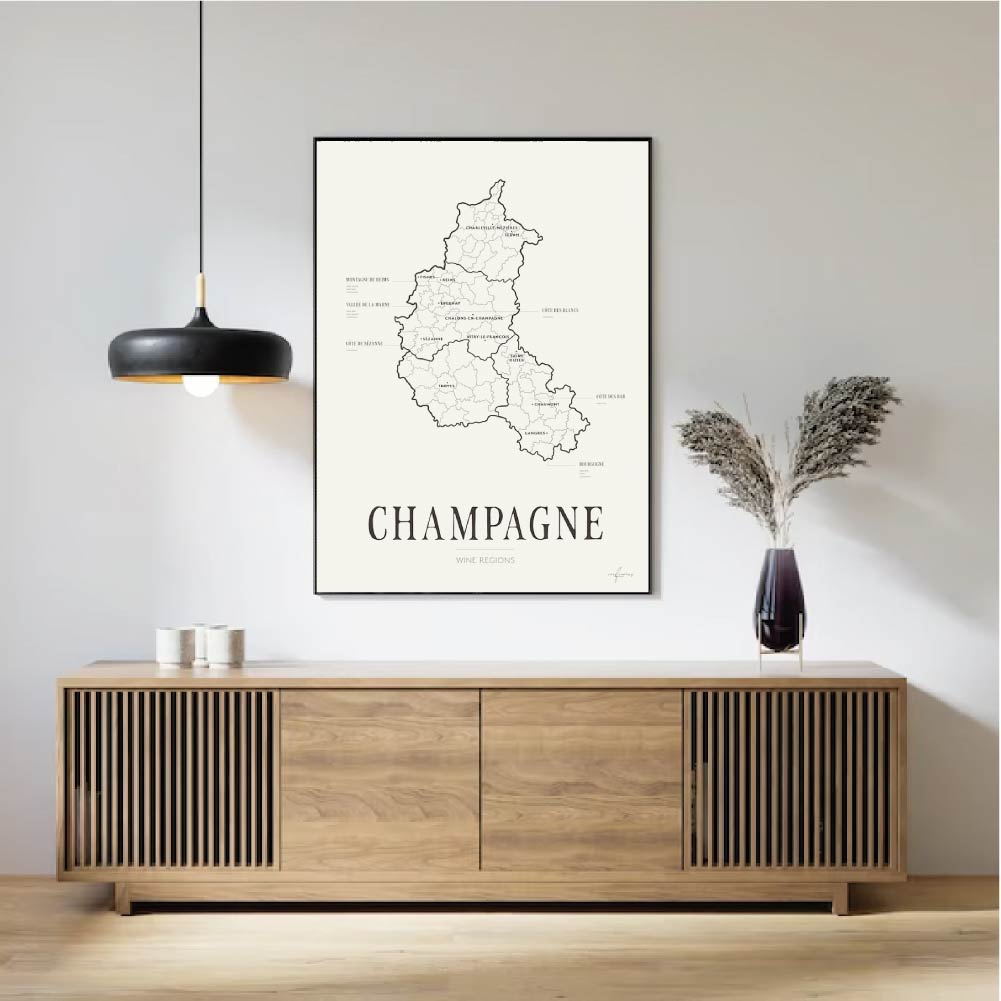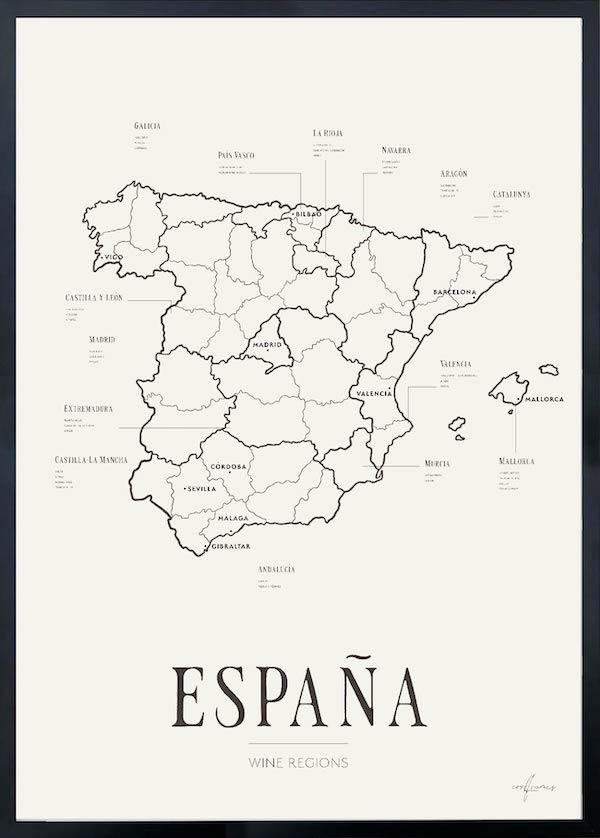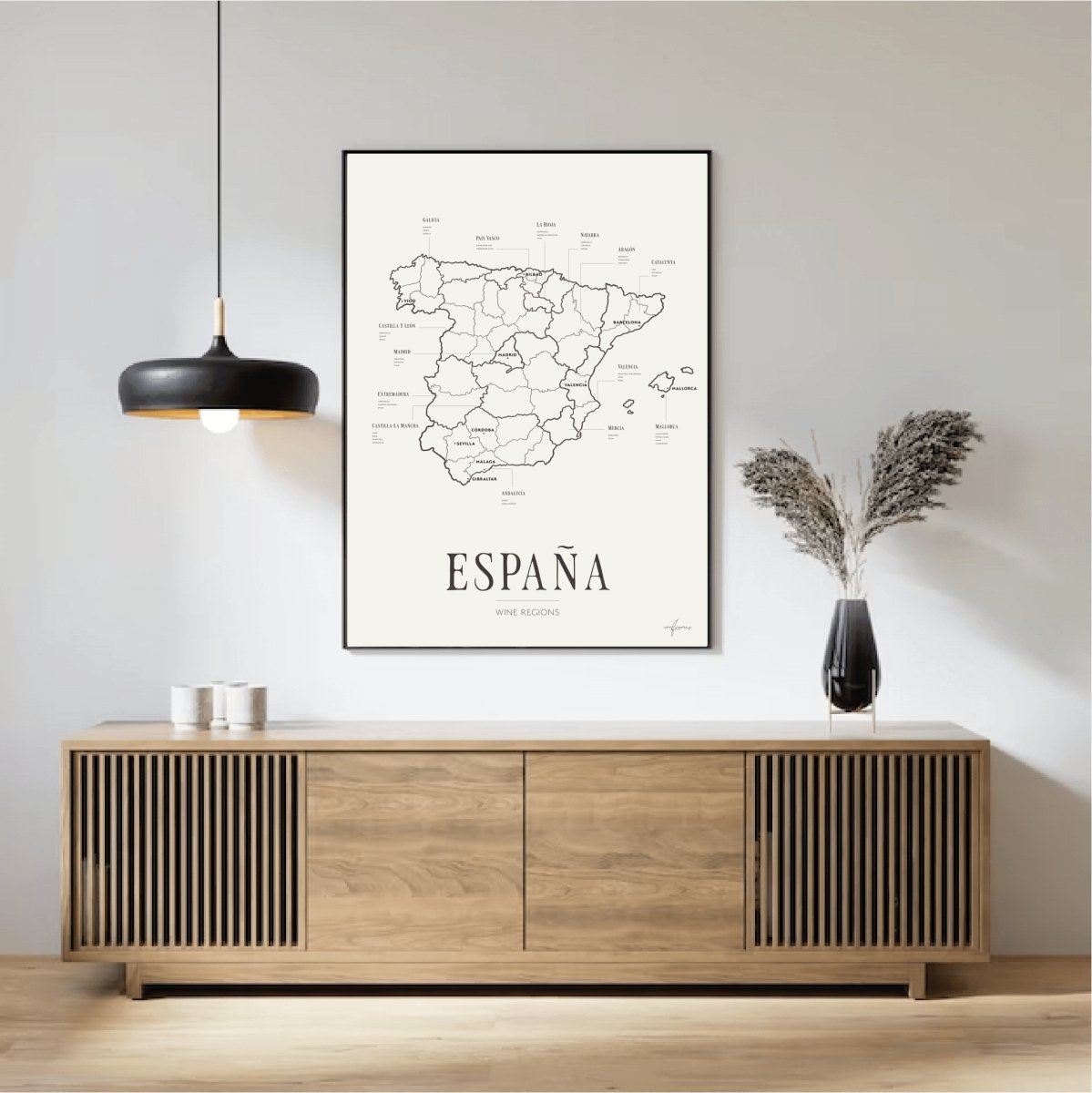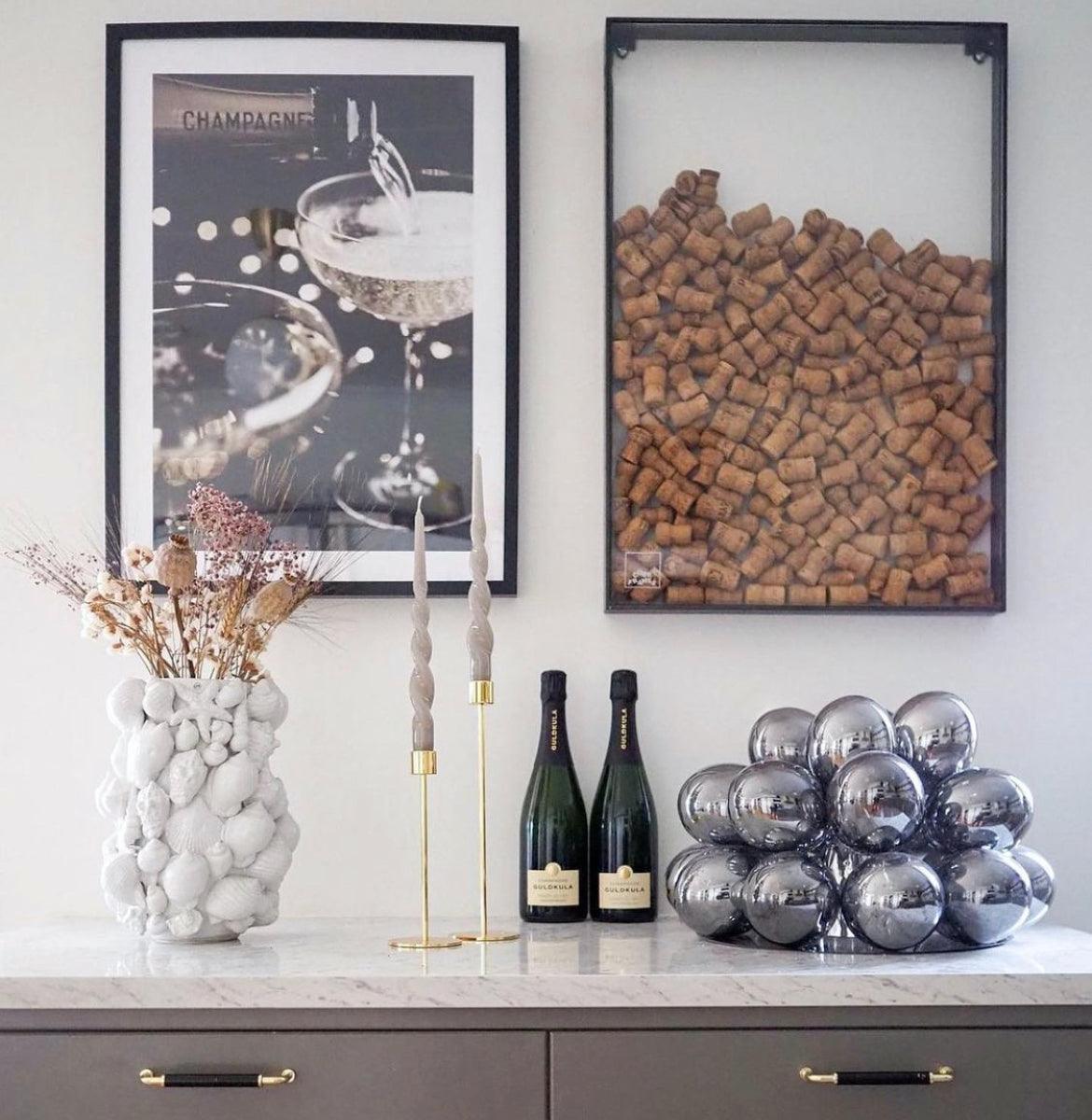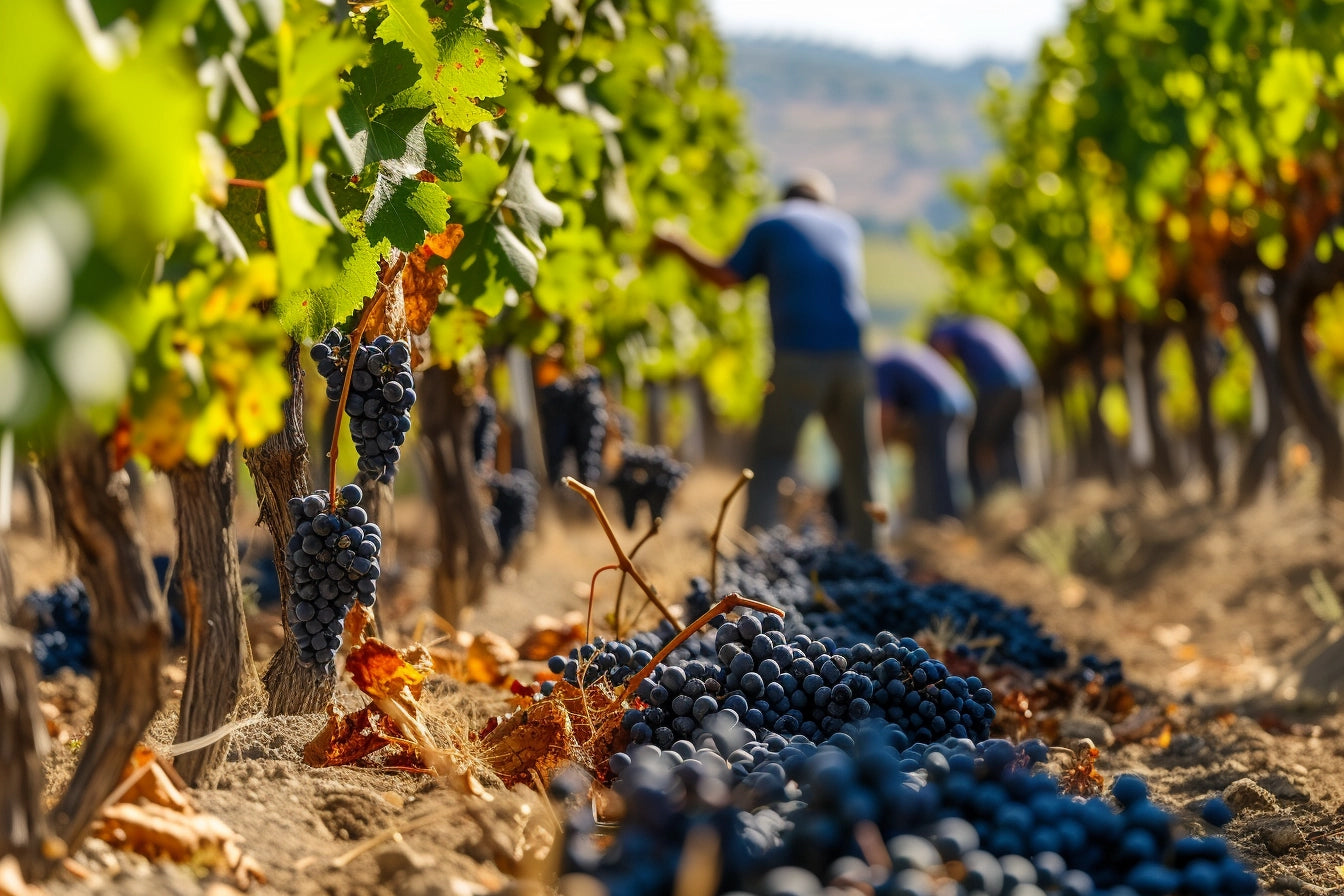Rum is one of the world’s most beloved spirits, known for its versatility and rich history. From the shores of the Caribbean to cocktail bars across the globe, rum is a favorite in everything from tropical drinks to sipping neat. But how is rum actually made?
Here’s a simple step-by-step guide to the process.
1. The Raw Material: Sugarcane
Rum is made from sugarcane, a sweet plant that thrives in tropical climates. The base for rum is either the juice from sugarcane or a by-product of sugar production called molasses.
-
Sugarcane juice: Freshly pressed juice from the sugarcane, which creates a cleaner, more aromatic rum.
- Molasses: A thick, dark syrup that is a by-product of sugar refining and the most common base for rum production.
2. Fermentation – Where the Magic Begins
To create alcohol, the sugar in the sugarcane juice or molasses must be converted into alcohol. This is done through fermentation.
-
How it works: Yeast is added to “eat” the sugar and convert it into alcohol and carbon dioxide.
- The result: After a few days, you have a fermented liquid called “wash” or “beer,” with a low alcohol content of about 5-10%.
3. Distillation – Concentrating the Alcohol
To increase the alcohol content and create the pure spirit that becomes rum, the fermented liquid is distilled.
-
The process: The liquid is heated in a still. Alcohol evaporates faster than water, allowing the vapor to be collected and condensed back into liquid form.
-
Types of distillation:
- Pot still: Produces a richer, more complex rum.
- Column still: Produces a lighter, cleaner rum.
4. Aging – Developing the Flavor
After distillation, the raw rum, which is clear and high-proof, is often aged in barrels to develop flavor and character.
-
The role of time: The longer the rum is aged, the deeper and more complex the flavors become.
-
The impact of barrels: Barrels contribute color and flavors like vanilla, caramel, and spices.
-
White rum vs. dark rum:
- White rum: Typically aged for a short time and filtered to remain clear.
- Dark rum: Aged longer, giving it its rich color and fuller flavor.
5. Blending and Bottling
Once aged, rum is often blended with other batches to create a specific flavor profile. This process is called blending. Some rums are also diluted with water to achieve the desired alcohol content, usually between 37.5% and 50%.
-
Flavored rum: Sometimes, flavors like coconut, vanilla, or spices are added to create more diverse products.
- Ready to ship: When the rum reaches its perfect flavor, it is bottled and sent out into the world!
Styles of Rum
There are many different types of rum, and the flavor can vary greatly depending on how it’s made:
-
White rum: Light and mild, perfect for cocktails like mojitos or daiquiris.
-
Gold rum: Softer and slightly sweeter, often aged for a shorter time.
-
Dark rum: Rich and complex, ideal for sipping neat or in a rum old fashioned.
- Spiced rum: Infused with spices like cinnamon, nutmeg, and vanilla, popular in mixed drinks.
From sugarcane fields to a delicious bottle in your hand, the production of rum is a fascinating process full of craftsmanship and tradition. The next time you enjoy a rum cocktail, think about the journey this spirit has taken and the many steps that transformed sugarcane’s sweetness into a classic favorite.
What’s your favorite type of rum?


